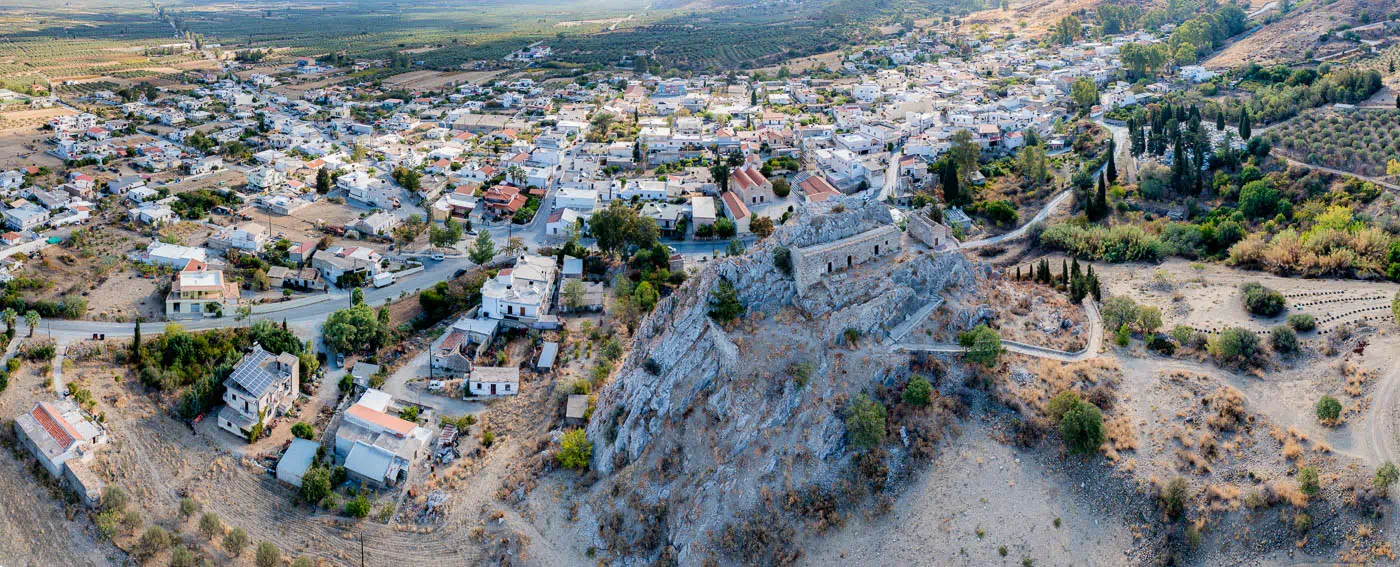
Charakas is a semi-mountainous village and the seat of the community of the same name within the Archanes-Asterousia Municipality in the Heraklion Regional Unit on the island of Crete, Greece. The village serves as the home to a Health Center and a High School-Lyceum, and it also boasts a post office and an education center. Festive events take place on the anniversary of the Battle of Crete (May 20th) and the feast of Saint Panteleimon (July 27th), the patron saint of the village, whose church is the largest in the village and features a four-story bell tower.
Historical References
The first mention of the village is found in a contract from 1280. In Venetian censuses, it is mentioned by Barozzi in 1577 in the province of Monofatsio and by Kastrofylakas in 1583. Kastrofylakas mentions two settlements: S. Zuane Characa libero (Saint John the Free Charakas) with 184 inhabitants and S. Zuane Characa conditionato with 59 inhabitants. Conditionato refers to a register where citizens’ properties were meticulously recorded. In the Ottoman census of 1671, it is mentioned with 82 hearths, while in the Egyptian census of 1834, it is recorded as having 25 Christian and 10 Turkish families. In 1881, it is referred to as Charakas and serves as the seat of the municipality of the same name, with 321 Christian and 17 Turkish inhabitants. From 1928 onwards, it has been a community until the implementation of the Kapodistrias Plan.
In 1583, Kastrofylakas also mentions Dhorachi with 192 inhabitants and Agia Fotia under the name Santa Lucia (Saint Photini) with a population of 53 inhabitants in the same year. The name of the settlement is attributed to the old church of Agia Photini, on the south wall of which archaic frescoes are preserved. Charakas is mentioned in censuses from 1881 onwards, as is Doraki. In 1881, Charakas had 321 Christian and 17 Turkish inhabitants.
Location
Charakas’ location in the foothills of the Asterousia Mountains offers a captivating blend of natural beauty and geographical significance. Situated on the northern slopes of this rugged mountain range, the village enjoys breathtaking vistas of the surrounding countryside, including the expansive Messara plain that stretches out towards the Libyan Sea. Charakas’ position at an elevation of 275 meters above sea level contributes to its pleasant climate and scenic views. The village enjoys mild winters and warm summers, typical of the Mediterranean climate.
Historical Significance
Charakas’ historical significance extends far beyond its Venetian-era name and the remnants of its Ottoman-era population. The village boasts a rich and layered past that stretches back even further, evidenced by its mention in a 1280 contract, indicating its existence and relevance even before the Venetian occupation of Crete.
The village’s strategic location in the foothills of the Asterousia Mountains likely played a crucial role in its historical development. The imposing “Charaki” rock formation, which lends its name to the village, provided a natural vantage point for surveillance and defense, making it a desirable location for settlement and fortification.
The presence of the Byzantine church of Afentis Christos atop the Charaki rock, along with the remnants of the Venetian castle, further highlights the village’s historical importance as a site of religious and military significance. These structures stand as testaments to the enduring legacy of past civilizations and their impact on the village’s cultural landscape.
Population Data Over the Years
Census |
Population |
|---|---|
1900 |
658 |
1920 |
775 |
1928 |
891 |
1940 |
1,030 |
1951 |
999 |
1961 |
1,112 |
1971 |
974 |
1981 |
958 |
1991 |
835 |
2001 |
812 |
2011 |
812 |
Current Status
Charakas is one of the three main villages at the root of the Asterousia Mountains on their northern side. The village has a very active cultural association that organizes various festivals throughout the year, including religious celebrations (Christmas, Easter) and other occasions like the feast of Saint Panteleimon (July 27th) and the anniversary of the Battle of Crete (May 20th). The latter holds special significance for Charakas as it commemorates the village’s accidental bombing by the Germans during the war.
In recent years, in collaboration with the Municipal Center for the Open Care of the Elderly, the village has revived the operation of old looms, with older women teaching young girls the art of weaving. Visitors can inquire at the local KAPI (Open Care Center for the Elderly) in the village square, under the Charaki rock, to see the looms and their beautiful woven products. The village also boasts a women’s cooperative offering a variety of sweet and savory treats.
Village Key Points
- Historical References: First mentioned in 1280, the village has a rich history dating back to the Venetian and Ottoman eras.
- Location: Situated in the foothills of the Asterousia Mountains, 50 kilometers south of Heraklion.
- Historical Significance: The village’s name derives from the imposing “Charaki” rock formation, which houses a Byzantine church and the remnants of a Venetian castle.
- Population data over the years: The population has fluctuated over the years, reaching a peak of 1,112 in 1961 and currently standing at 812.
- Current Status: A vibrant village with a strong cultural association and a focus on preserving traditional crafts like weaving. It also offers visitors natural beauty, historical landmarks, and a taste of authentic Cretan life.
Access
Charakas is 20.4 kilometers away from the town Arkalochori and 3.1 kilometers away from Pyrgos













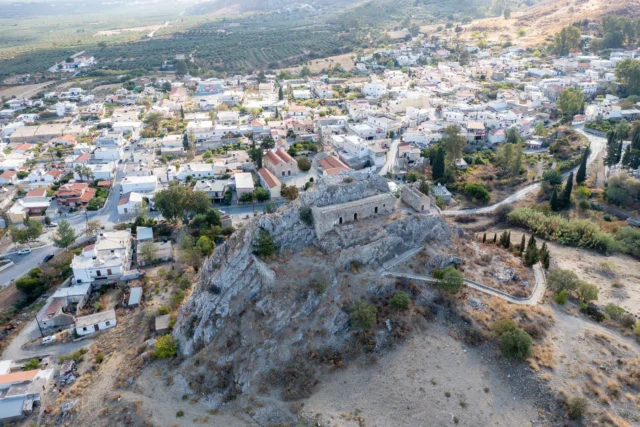

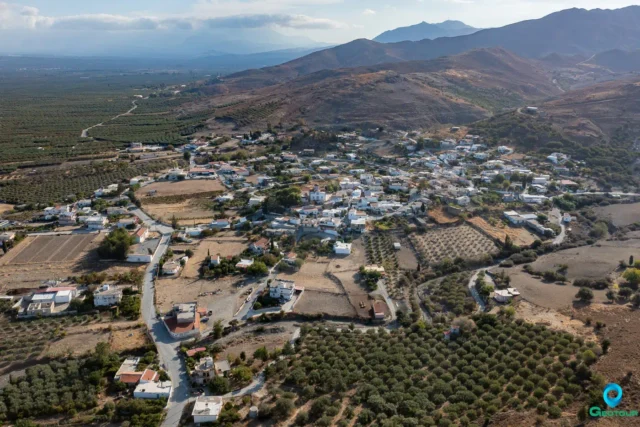

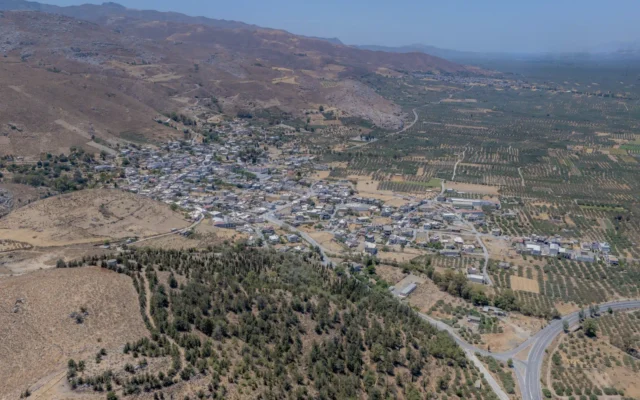



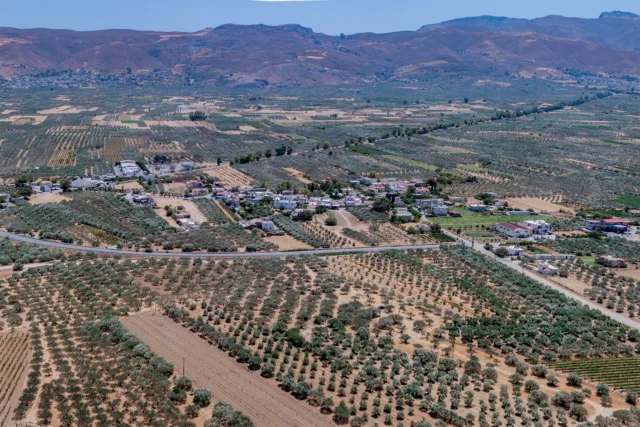
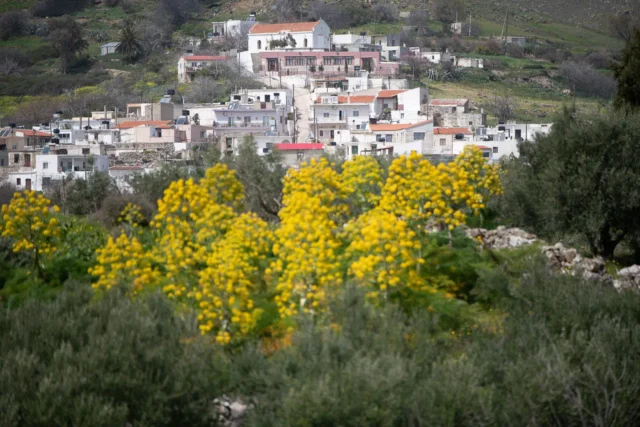

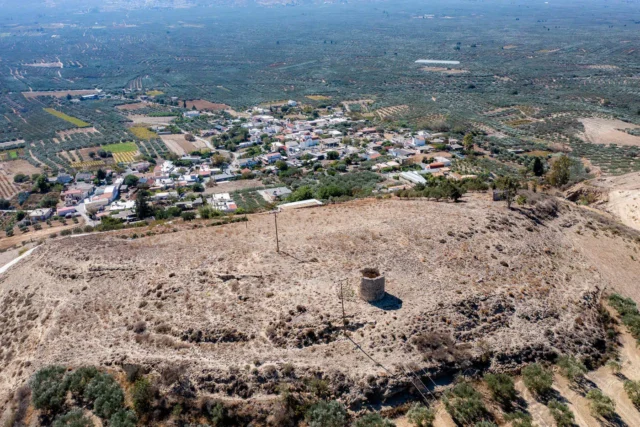
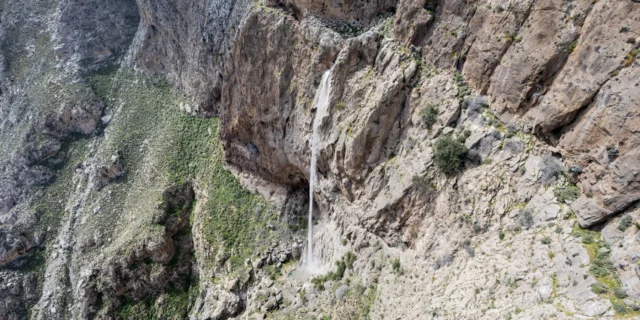
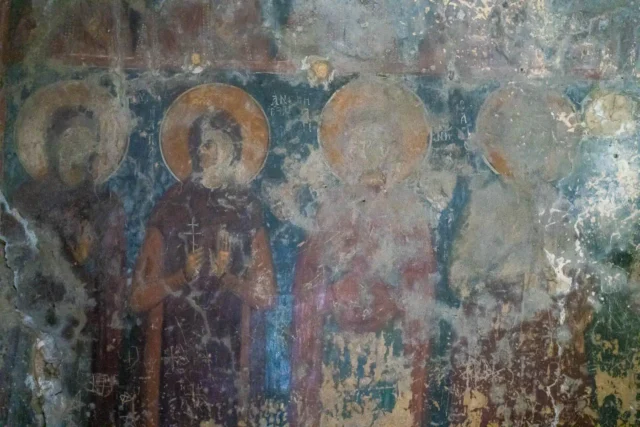
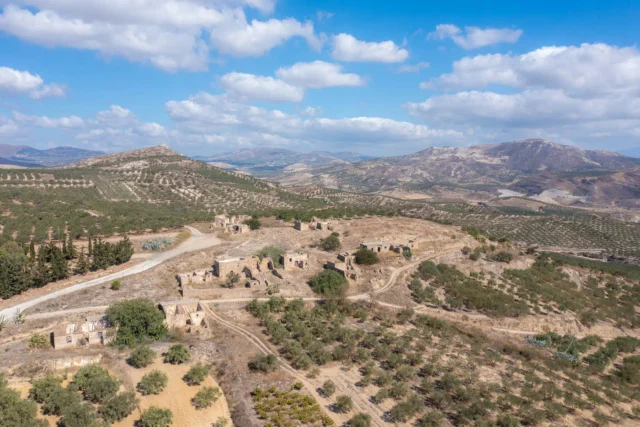
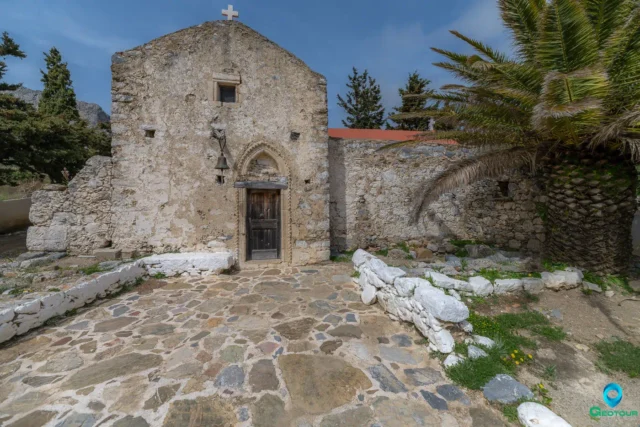
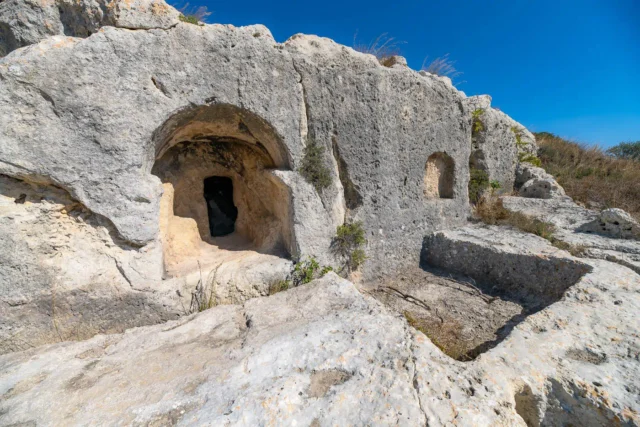

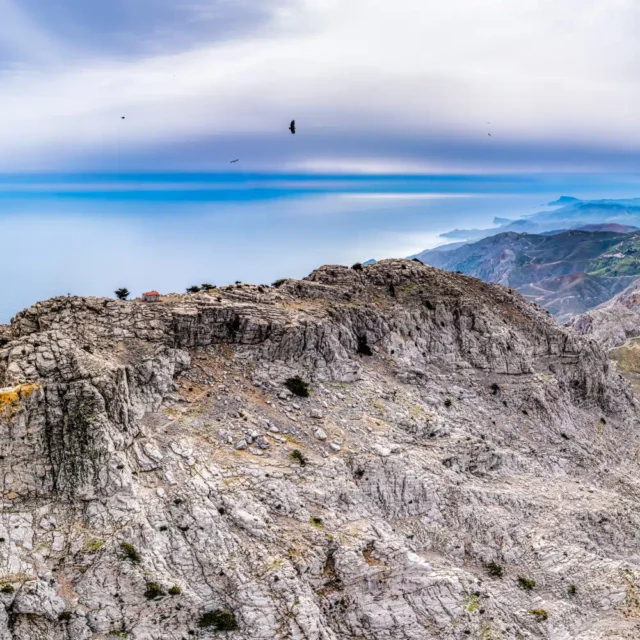

There are no comments yet.